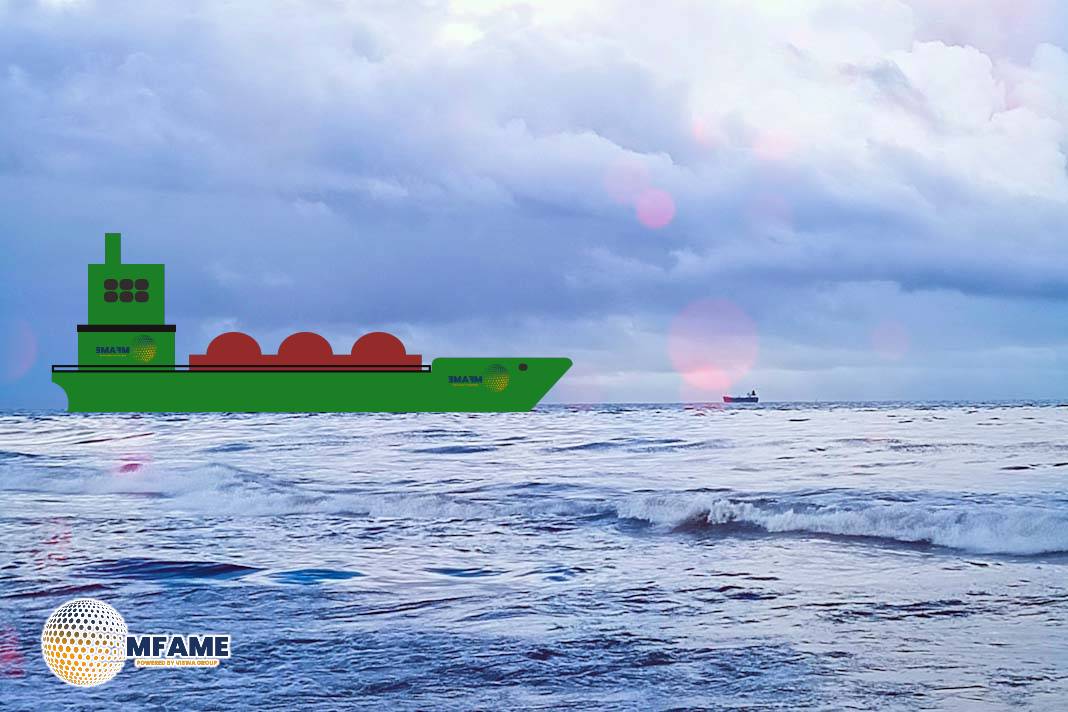- Groundings on the Paraná River doubled in 2024, with 28 vessels running aground, compared to the usual 12-15 per year.
- Key high-risk areas along the river include Los Ratones, Arriba Obligado, and Alvear.
- Safe navigation requires careful passage planning, adherence to under-keel clearance and speed limits, and regular updates on river conditions to prevent incidents.
The Paraná River, a vital shipping route for Argentina, spans 4,880 km but presents notorious navigation difficulties due to strong currents, shifting sediments, and narrow channels. In 2024, vessel groundings surged dramatically, raising concerns about safe transit. Authorities stress the importance of adhering to draught requirements, maintaining safe speeds, and ensuring meticulous passage planning to mitigate risks, reports North Standard.
Surge in Groundings: A Growing Concern
Pandi Liquidores reported that the number of vessels grounding doubled in 2024, reaching 28 incidents, compared to the historical average of 12-15 per year.
The trend continued into 2025, with two vessels already experiencing severe hull and rudder damage in January. Investigations highlight poor navigation planning and lack of coordination between Masters and Pilots as contributing factors to these incidents.
Key High-Risk Areas for Grounding
Several sections of the Paraná River pose significant navigational risks, especially around island bifurcations, narrow passages, and sediment buildup zones.
Los Ratones (287-290 km) and Las Hermanas (320-325 km) are particularly treacherous due to their sharp bends and crossing currents.
Areas like Arriba Obligado and Alvear frequently experience shallow sediment deposits, making passage challenging for deeper vessels.
Under-Keel Clearance: A Critical Safety Measure
To avoid groundings, vessels must maintain a minimum under-keel clearance of 0.6m, which increases based on draught and location.
For ships navigating between Timbues and Recalada, clearance requirements range from 0.6m plus additional increments per draught increase to 10% of the vessel’s draught for larger ships. These measures help vessels avoid sediment buildup and fluctuating river depths.
Speed Regulations and Passage Planning
Speed limits are strictly enforced along the river to reduce wash damage and prevent accidents. Circular 36/2020 outlines area-specific speed limits, with penalties imposed on vessels exceeding them.
Investigations into previous groundings reveal a common issue: lack of a detailed navigation plan between the Master and the Pilot. A well-structured passage plan enhances situational awareness and ensures safe maneuvering through the river’s most challenging sections.
Essential Safety Guidelines for Navigators
To minimize the risk of grounding, vessels must:
- Adhere to under-keel clearance and speed restrictions.
- Regularly update navigational data from maritime authorities.
- Stay within designated fairways and log any deviations with the Pilot.
- Implement a comprehensive passage plan to enhance coordination between the Master and the Pilot.
Given the unpredictable water levels and sediment accumulation, maintaining a greater-than-minimum under-keel clearance is strongly recommended.
Safe navigation of the Paraná River demands meticulous planning and strict compliance with regulations to ensure smooth passage for ocean-going vessels.
Did you subscribe to our daily Newsletter?
It’s Free Click here to Subscribe!
Source: North Standard


















